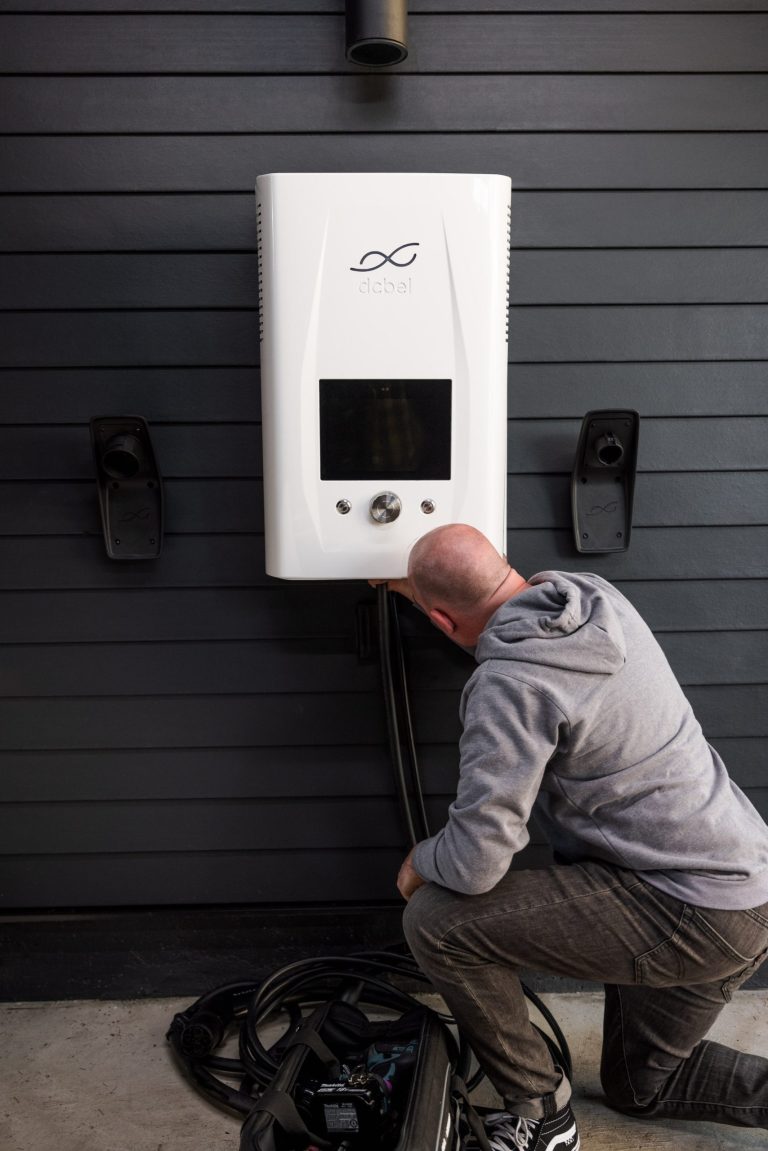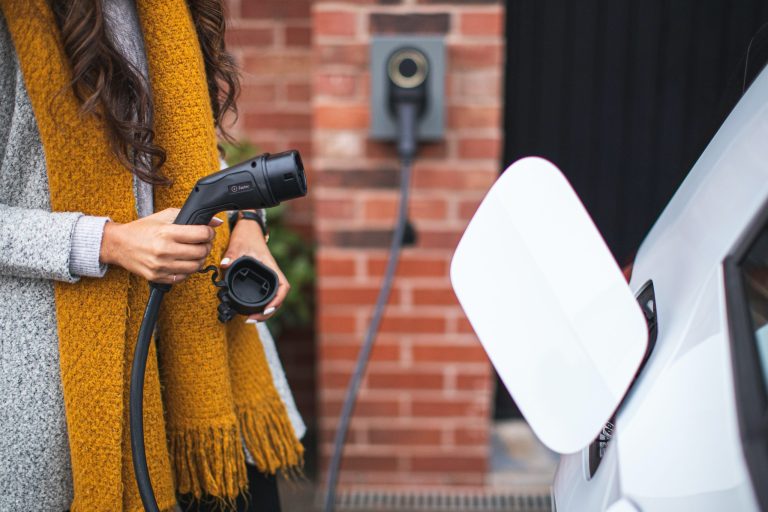Wallbox has introduced an innovative technology called bidirectional charging for electric cars in Spain. Through this technology, electric cars can not only be charged from the electrical grid or solar panels but also power households. This is known as V2H (Vehicle to Home).
When an electric car is parked and connected in the garage, it becomes a large battery capable of providing power to a house for several days. Wallbox is pioneering by adapting this bidirectional charging to the European standard of charging, known as CCS (Combined Charging System), widely used in Europe. This innovation could allow electric car owners to save up to 800 euros per year on electricity, offering the possibility of practically free electricity on their bills.

The new Wallbox charging station, named Quasar 2, will be available in Spain in the first quarter of 2024. According to Guillem Ivañez, Wallbox’s product manager, this charger introduces bidirectional charging in Europe through the CCS standard, democratizing a technology that was previously limited to the CHAdeMO standard used by Japanese manufacturers like Mitsubishi and Nissan.
This system is significant because it allows the car’s battery to be used as a power source for the home. With V2H (Vehicle to Home) using the CCS standard, batteries typically sold for homes (usually with 5-7 kWh capacity) can be multiplied by 10, as an electric car can store up to 100 kWh. The charger charges the car’s battery when energy is cheap and supplies electricity to the house when it is expensive. This ensures the home always uses the most economical electricity, even during peak demand periods.
Moreover, this charger can operate on electricity from the grid or solar energy and is easy to install. It is designed for households with high energy consumption, as the more energy is consumed, the greater the savings that can be achieved.
How to install this charging point
The installation of the Wallbox Quasar 2 charging point is very similar to that of a conventional charger in alternating current. According to the specialist, the process is comparable because the Quasar 2 acts as an inverter that converts alternating current (AC) into direct current (DC) and vice versa. The cables used are the same, with the only difference being the charger and a device called an ‘energy meter’, which measures the energy and must be certified by Wallbox to prevent energy from being fed back into the grid.
There is no need to contract a higher power term since the charging point uses only the contracted energy to charge the car’s battery. However, it can supply up to 7.4 kW of power, exceeding the contracted capacity of the household. Despite this, the Quasar 2 can provide a maximum power of up to 12.8 kW, allowing charging for cars with large batteries of up to 100 kWh. Even if the house does not require that much power, most households will use between 4 and 5 kW for charging and up to 11 kW for discharging. The choice of this power is based on the expected demand and the differences in charging standards between the United States and Europe, opting for a suitable middle ground for both markets.

Investment and benefits of the Quasar 2 charging point
The price of Wallbox’s Quasar 2 is 3,995 euros, and the installation cost depends on the cable length, estimated at around 5,000 euros for a house with about 20 meters of cable. However, currently, there are grants from Plan Moves 3 that can cover up to 60% of the cost, and additionally, a 15% discount can be applied to the income tax return. With these grants and discounts, the final cost could be reduced to approximately 2,500 euros according to estimates.
Considering that the annual electricity savings due to bidirectional charging range between 800 and 900 euros, it means that the charging point will pay off within a period of 3 to 4 years, taking into account the lower cost and potential reductions in the electricity bill.
Cars with bidirectional charging: Available models and future prospects
Currently, only a few electric car models support bidirectional charging, including the Kia EV9, 77 kWh Cupra Born, Volkswagen ID.3, all BYD models, and the Nissan Ariya, as certified by Wallbox. However, most manufacturers are working to incorporate this technology into their vehicles, which means that by around 2025, almost all electric cars will have bidirectional charging capability. Furthermore, Wallbox has developed its system to work with both 400-volt and 800-volt systems.

Evaluating Energy Storage Options
Compared to having a battery at home, bidirectional charging has its advantages and disadvantages. An electric car has a significantly larger battery capacity than a household battery, allowing it to store much more energy. Additionally, it doesn’t require a large initial investment to buy a battery, only the cost of the charging point. However, unlike a stationary battery that is always available to power the home, the car only supplies power when connected to the electrical grid.
V2G: Legal Challenges and Energy Opportunities
The ability to transfer electricity from the car to the grid, known as V2G (Vehicle to Grid), is a contentious issue. In countries like Sweden, this practice is allowed, but in Spain, the legislation is ambiguous, creating a gray area according to a Wallbox expert. Despite the potential advantages, to use V2G, owners must comply with existing regulations for auxiliary batteries or register as photovoltaic installations, as there is no specific regulation for bidirectionality. Although the financial compensation for the transferred electricity would be small, this system is especially appealing to users with solar energy, as the generated power can be stored in cars.
Despite the initial cost of 5,000 euros, this technology could be a viable option to consider, especially for those with solar panels and larger homes, given the rise in electricity prices and available subsidies. Bidirectional charging demonstrates its true potential in homes with these features.






